Nationality British Name Jerry Roberts | Role Businessman | |
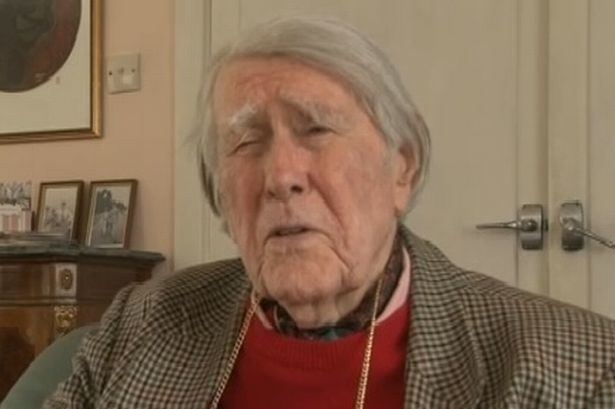 | ||
Occupation Business owner. Wartime codebreaker and linguist on the Tunny cipher system Died March 25, 2014, Hampshire, United Kingdom | ||
Capt jerry roberts my top secret codebreaking at bletchley park 1941 to 45
Captain Raymond C. "Jerry" Roberts, MBE (18 November 1920 – 25 March 2014) was a British wartime codebreaker and businessman. During the Second World War, Roberts worked at the Government Code and Cypher School (GC&CS) at Bletchley Park from 1941-45. He was a leading codebreaker and linguist, who worked on the Lorenz cipher system — Hitler's most top-level code.
Contents
- Capt jerry roberts my top secret codebreaking at bletchley park 1941 to 45
- Capt jerry roberts i broke hitler s top secret lorenz code at bletchley 1941 45
- War service
- Post war
- In retirement
- List of senior executives and codebreakers on Lorenz cipher in the Testery
- References
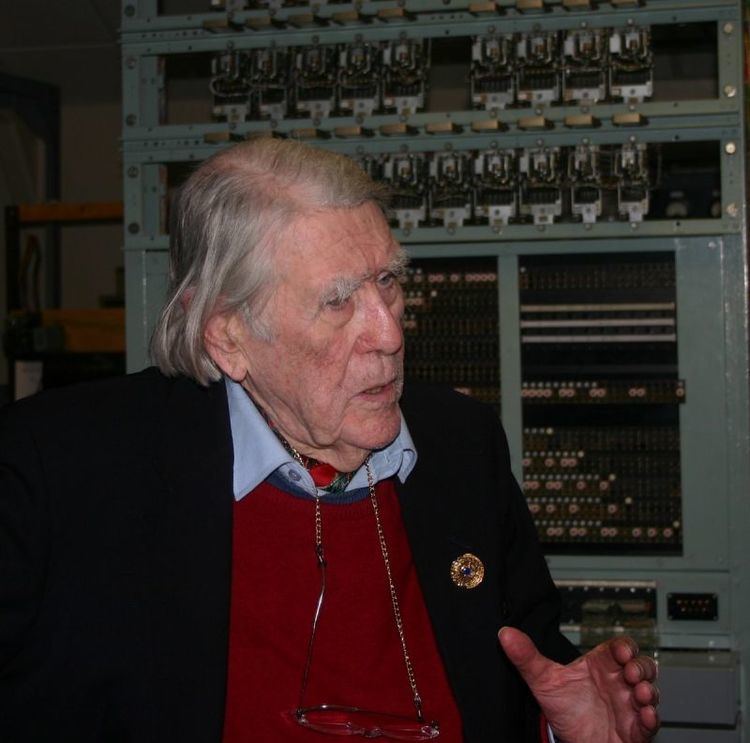
Jerry Roberts was born in Wembley, London. His father Herbert, had trained as a pharmacist, but worked for Lloyds Bank head office in the City for the rest of his 40-year career (since coming to London from Wales in 1915). His mother Leticia was a pianist and an organist who played in the local chapel. He was educated at Latymer Upper School, Hammersmith in London 1933-39 and University College London 1939-41. He gained a degree in German and French.
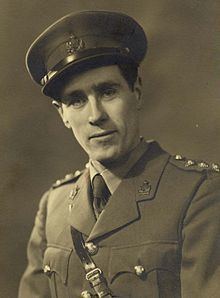
Capt jerry roberts i broke hitler s top secret lorenz code at bletchley 1941 45
War service
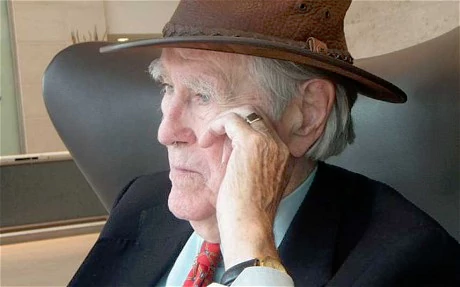
Early in the Second World War, his tutor at University College London, Prof. Leonard Willoughby, who had worked during the First World War in Room 40 the main cipher-breaking unit of that time, recommended the twenty-year-old Jerry Roberts as a German linguist to the Government Code and Cypher School at Bletchley Park where he was interviewed and accepted by Colonel John Tiltman as a codebreaker and linguist.
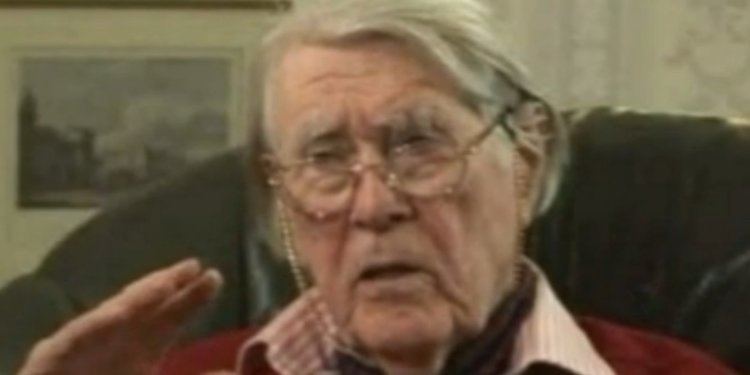
The Testery, a special unit at Bletchley Park tasked with breaking the Lorenz cipher code named ‘Tunny’ by British. This was the Nazis’ highest-level communications cipher system, which was used for communications between the Germany Army High Command in Berlin and their Army Commands in the field throughout occupied Europe, some of which were signed "Adolf Hitler, Führer". Captain Roberts was one of the four founding members, the other two senior cryptanalysts were Major Denis Oswald and Captain Peter Ericsson. The head of the unit Major Ralph Tester, was a linguist but not cryptanalyst.
Jerry Roberts worked in the Testery until the end of the war, by which time it had grown to nine cryptanalysts, a team of 24 ATS ladies, and a total staff of 118. Work was organised organised in three shifts working round the clock. Roberts was one of the three shift-leaders For the first year, the messages that were broken by hand amounted to 1.5 million pieces. The Newmanry, which became active in July 1943, developed and used machine methods to help speed up one stage — breaking of the chi-wheels but the psi-wheels and motor-wheels were still broken by hand in the Testery. From mid-1943 onwards, the Testery is credited with breaking over 90% of Lorenz traffic.
Lorenz cipher was Adolf Hitler’s most secret code system and had 12 wheels against well-known 3 wheel Enigma. Lorenz cipher was only declassified in 2002 compared with Enigma in the 1970s. Lorenz carried only the highest grade of intelligence; messages signed only by a handful of top generals and fieldmarshals, included Adolf Hitler himself. Used between Army HQ in Berlin and the generals and fieldmarshals in the field. Many were signed by Field Marshals; von Rundstedt, Rommel, Keitel, Jodl etc. – as well as a number of messages signed by the Führer himself.
Tens of thousands of Lorenz messages were intercepted by the British and broken at Bletchley Park by Captain Roberts and his fellow code-breakers in the Testery. These messages contained much vital insight into top-level German thinking and planning. Tunny provided vital information that changed the course of the war in Europe and saved tens of millions of lives at critical junctures — such as the Battle of Kursk in the Soviet Union, and D-Day. General Dwight Eisenhower (later the U.S President 1953-61) said after the war "Bletchley decrypts shortened the war by at least 2 years".
Post-war
After the war, Jerry Roberts was a member of the War Crimes Investigation Unit. Thereafter he pursued a new career in market research for 50 years, forming his own market research companies in the 1970s (one for the UK, one for the rest of Europe) until they were sold to GfK NOP (National Opinion Polls) in 1993 and continued working as a consultant to NOP assisting with multi-country studies until he was nearly eighty. He spoke fluent German, French and Spanish and used his skill in languages in his work.
In retirement
Captain Roberts was the last survivor of the nine cryptanalysts who worked on Lorenz cipher. For the last six years of his life, he campaigned for proper recognition for Bletchley Park's 4Ts — for his colleagues in the Testery, and especially for its three "Heroes": Alan Turing who broke the naval Enigma, Bill Tutte who broke the Lorenz cipher system to help shorten the war, and Tommy Flowers who designed and built the Colossus, the world's first large-scale electronic, digital, programmable computer — to vastly speed up one stage (chi-wheel) of the breaking of Tunny traffic. However, the majority (the rest of 5 stages) of the work was performed by hand in the Testery by codebreakers and support staff.
Roberts was honoured several times for his historic achievements. In July 2011, he was presented to Queen Elizabeth II in July 2011 at Bletchley Park. In October 2011, Roberts was featured in a BBC Timewatch Special titled Code-Breakers: Bletchley Park's Lost Heroes, first broadcast on BBC Two on 25 October 2011. In 2013, he received an MBE New Years Honours List and awarded a UCL Honorary Fellowship. The same year, he was also honoured with an investiture stamp, which is available through Bletchley Park Post Office.
With characteristic modesty, he accepted all of these accolades as acknowledgment not of his own accomplishments, but of the work of his team-mates at Bletchley Park, most of whom died unrecognised, before Tunny was declassified.
Captain Roberts' autobiography is published recently in March 2017, titled 'Lorenz: Breaking Hitler's top secret code at Bletchley-Park' http://www.thehistorypress.co.uk/publication/lorenz/9780750978859/ http://www.thehistorypress.co.uk/articles/how-lorenz-was-different-from-enigma/
List of senior executives and codebreakers on Lorenz cipher in the Testery
By the end of the war, the Testery had grown to nine cryptographers and 24 ATS girls (as the women serving that role were then called), with a total staff of 118, organised in three shifts working round the clock.
